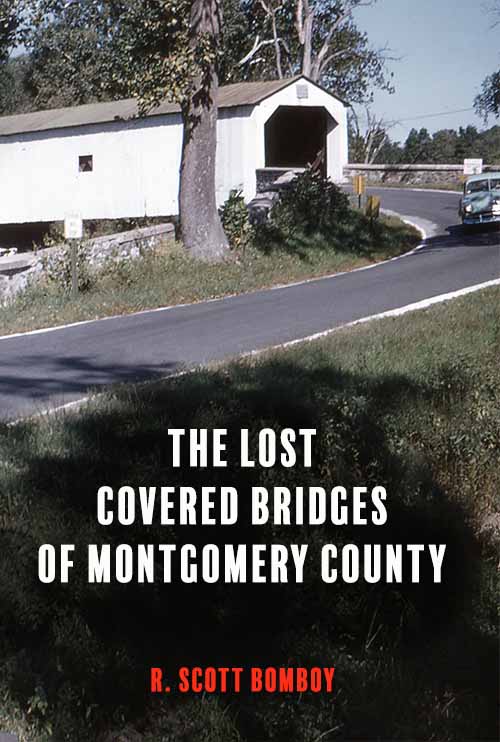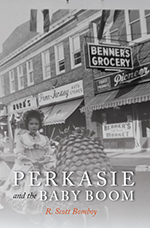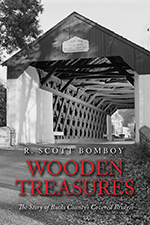On a recent visit to Perkasie’s Treasure Trove, I found a seemingly innocent paper weight with a link to one of Perkasie’s more controversial stories: the brief presence of the Ku Klux Klan’s regional headquarters on Fifth Street.
In 1929, a “patriotic organization” quietly acquired the unoccupied Ebenezer United Evangelical Church on Fifth Street after its former congregation moved to what later became the United Methodist Church at Fifth and Market Streets.
The paperweight from the early 1900s showed the church just after its construction in Perkasie, with the picture of an unidentified pastor in the upper-left corner.
The Klan’s second version moved into Pennsylvania in 1921. By the time the organization had attempted to grow into the suburban Philadelphia regions, it had reached its peak membership nationally. Emerson H. Loucks, a professor at the Pennsylvania State Teachers College in Indiana, Pa., documented the Klan’s rise and fall in the state when he conducted interviews with former members in the 1930s.
Loucks said the new Klan preached nativism, focused on Catholics and foreigners as enemies, promoted patriotism, and sought political influence. White supremacy was assumed as a group consensus. After the general press in Pennsylvania criticized the Klan in 1921, its membership grew to 200,000 people by 1925. Then, Klan membership in Pennsylvania fell drastically to 71,000 members the following year and to 4,000 members in 1930.
For three years, the Klan had tried to expand into Upper Bucks County with limited success. The group established five Klaverns, or regional groups, in Bucks County during 1927, including regional group headquarters located in Doylestown, Perkasie, and Riegelsville.
The first regional Klan recruitment meeting in Perkasie was at Lenape Park in July 1926, with an estimated 2,000 people observing. Klan members from Doylestown and Easton led the rally where three crosses were burned. Speakers at the event denounced Catholics and the teaching of evolution in schools, and they offered support for white supremacy. One speaker also threatened to shut down all bootlegging operations in Perkasie. The Central News said about 100 people took membership applications and noted the speakers launched “a violent tirade directed at the public press because it does not fall for the Klan stuff.”
It is unclear how much support the group had regionally. The Tunnel Hill Klavern used the old church on Fifth Street as its headquarters. Loucks said by 1931, the Klan’s eastern Pennsylvania Klaverns had foregone politics to focus on social events. The Klan “deutschers” in Allentown, Reading, Perkasie, and Doylestown were known more for their goat lunches, he noted.
The group made another recruiting push in May 1932 with a parade in Perkasie, with national Klan Imperial Wizard Hiram W. Evans as special guest. The group also went on an excursion to Dorney Park to watch “Birth of a Nation” with Evans in August 1932. In 1933, the Ku Klux Klan held another event in Perkasie, inviting 1,000 regional members to attend a gathering at Perkasie’s Second Street playground as a memorial to deceased Klan members.
During 1933, the Klan even had a regular column in the Central News for several months, until the organization quickly disappeared. Membership records later obtained by the Pennsylvania State Police in 1940 showed the Tunnel Hill Klavern was close to extinction by 1933. Starting in January 1933, the Klan had suspended 14 of its 16 Tunnel Hill Klavern members, probably for non-payment of fees (or more likely, lack of interest).
 By the end of 1933, the Klan lost the lease on its meeting hall and the Klavern was out of existence at the end of 1934. An Evangelical group took over the church building for services until it was demolished in March 1936, to be replaced with a new house. The Klan headquarters had existed in Perkasie for just about four years.
By the end of 1933, the Klan lost the lease on its meeting hall and the Klavern was out of existence at the end of 1934. An Evangelical group took over the church building for services until it was demolished in March 1936, to be replaced with a new house. The Klan headquarters had existed in Perkasie for just about four years.








